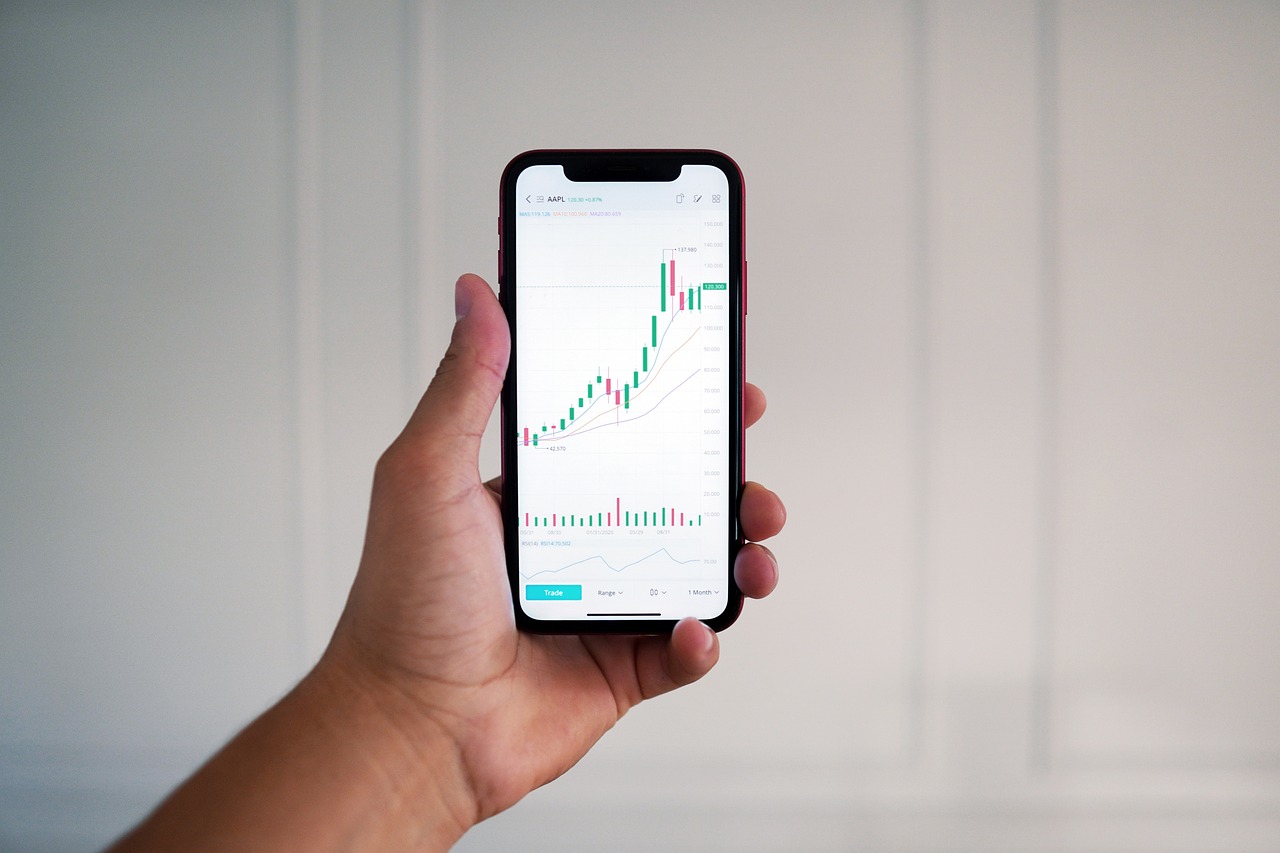In the dynamic landscape of intellectual property, patents stand as indispensable assets for individuals, businesses, and organizations alike. These exclusive rights bestow upon patent holders the unique privilege to safeguard their innovations, enabling them to harness the full potential of their inventive creations. Patents offer a shield against imitators and provide a platform for inventors to potentially generate revenue through licensing, sales, or other income avenues. However, discerning the intrinsic value of a patent is no straightforward task, and this is precisely where the profound influence of market research becomes undeniably crucial.
At the heart of the patent valuation process, market research plays a pivotal role, serving as the compass that guides patent holders and experts through the intricate terrain of intellectual property assessment. The inherent complexity of valuing a patent is rooted in the diverse array of factors that impact its worth, such as the specific technology it encompasses, the market it serves, and the latent potential for future revenue streams. Each of these components is intimately tied to market dynamics, making market research an indispensable tool for unraveling the enigma of patent valuation.

This article embarks on a journey to explore the multifaceted relationship between market research and patent valuation. By examining how market research delves into the depths of market trends, competitive forces, strategic positioning, and global dimensions, we aim to showcase how understanding the nuances of the market is the key to assigning accurate value to intellectual property. Market research is the beacon that sheds light on a patent’s potential to thrive in the evolving landscape of technology and innovation, ultimately empowering patent holders to make informed decisions that can have a profound impact on the economic landscape.
Introduction to Patent Valuation
Before delving into the role of market research, it’s essential to comprehend the foundational principles of patent valuation. The value of a patent hinges on various factors, such as the technology it encompasses, the market it caters to, and the potential for future revenue generation. Patents hold intrinsic value by granting the patent holder exclusive rights to their creation, enabling them to monetize their innovations through licensing, sales, or other forms of revenue generation.
To accurately assess a patent’s worth, a multifaceted approach is required. While various valuation models exist, they all converge on the significance of market research. By delving into market dynamics, patent valuation experts can gather critical data that sheds light on the patent’s potential to generate income, the competitive landscape, and the patent’s strategic importance in a particular industry.
The Market-Based Valuation Model
One of the primary approaches to patent valuation is the market-based model. This method evaluates a patent’s value by comparing it to similar patents in the marketplace. Market research is instrumental in the implementation of this model as it involves scrutinizing comparable transactions, licensing deals, or sales of patents within the same technology domain.
Market research for this valuation approach entails identifying patents with corresponding technology, market potential, and exclusivity. This is where in-depth research into the patent’s specific market and competitive landscape is crucial. The prices at which similar patents have been sold or licensed serve as benchmarks for estimating the value of the patent in question.
Market research not only helps identify comparable patents but also reveals trends in patent transactions. For instance, it can illuminate whether the market demand for patents in a particular field is increasing, or if there is a surge in licensing activities. Such insights are indispensable in fine-tuning the valuation process.
Analyzing Market Trends and Industry Dynamics
Market research extends beyond identifying comparable patents; it also involves a comprehensive analysis of market trends and industry dynamics. This step is crucial for assessing a patent’s potential value. Market researchers need to gauge factors like the growth rate of the industry, the adoption rate of the technology, and the competitive forces at play.
Understanding market trends helps in predicting the future value of a patent. For example, if the technology covered by a patent is aligned with an emerging trend, it is likely to have a higher valuation due to increased market demand. Conversely, a patent that pertains to a technology on the brink of obsolescence may see a decline in value.
In the realm of patent valuation, market research acts as a crystal ball, allowing experts to anticipate the patent’s worth in the context of evolving market trends. By staying ahead of the curve and adjusting valuations accordingly, patent holders can make informed decisions regarding their intellectual property.
Competitive Landscape and Strategic Importance
Market research is instrumental in unraveling the intricate web of a patent’s competitive landscape and its strategic importance. Patents that hold a substantial competitive advantage in their market niche often command higher valuations. This is where in-depth competitive analysis comes into play.
Market researchers must dissect the industry’s competitive forces, identifying key players, potential rivals, and the strategic positions they hold. An understanding of how a patent enhances a company’s competitive edge is pivotal in determining its value. A patent that helps a business maintain its market leadership or secure a dominant position in a highly competitive industry carries immense value.
Additionally, market research reveals a patent’s strategic importance within an organization. Some patents may not generate immediate income but serve as shields against competition or pillars upon which future innovations will be built. Recognizing the strategic significance allows patent holders to make informed decisions about patent portfolio management and licensing strategies.

Geographic Considerations in Patent Valuation
The geographic dimension is another facet where market research leaves an indelible mark on patent valuation. Patents are territorial, and their value can vary significantly based on geographic factors. Market research must encompass an evaluation of the patent’s relevance in different regions and the potential for international expansion.
For example, a patent covering a technology highly sought after in a large and economically powerful market can have a significantly higher value. Market research helps in identifying the regions where a patent has the most potential for commercialization. This data-driven approach is indispensable for patent holders looking to maximize their intellectual property’s value on a global scale.
Market research also allows for the identification of regions where the technology covered by the patent may not be as relevant. In such cases, patent holders can make strategic decisions regarding the maintenance and enforcement of their patents in various jurisdictions, optimizing their overall patent portfolio.
Legal and Regulatory Risks
Market research also plays a vital role in assessing legal and regulatory risks that can impact patent valuation. Legal challenges, such as patent litigation, can cast a shadow of uncertainty on a patent’s value. Market researchers must analyze ongoing legal proceedings and their potential outcomes to gauge the risk associated with the patent’s enforceability.
In addition, changes in patent laws and regulations can significantly impact a patent’s value. Market research in this context involves monitoring legislative developments, understanding shifts in regulatory environments, and assessing their potential consequences for patent exclusivity and value.
Market research provides patent holders and valuation experts with a clear understanding of the legal and regulatory landscape in which a patent operates, allowing them to make informed decisions regarding the patent’s value and strategies for safeguarding its exclusivity.
The Impact of Economic Conditions and Market Volatility
Economic conditions and market volatility are factors that cannot be overlooked in patent valuation, and market research is indispensable in navigating their effects. Economic downturns can lead to reduced R&D budgets and a decrease in patent-related activities. This, in turn, can affect the demand for patents.
Conversely, periods of economic growth can result in increased investments in innovation and intellectual property, potentially driving up patent values. Market research enables patent holders to align their patent strategies with economic cycles, optimizing the timing of patent sales, licensing agreements, or litigation efforts.
Market volatility can also be a critical factor in patent valuation. Events such as changes in trade policies, economic crises, or global developments can impact patents significantly. Market research equips patent holders with the necessary insights to adapt their patent strategies and valuations in response to dynamic economic conditions and market fluctuations.
The Influence of Collaboration and Partnerships
Market research unveils the influence of strategic partnerships, collaborations, and licensing agreements on patent valuation. When companies enter into partnerships or licensing agreements, they often do so to leverage each other’s strengths and access complementary technologies. These collaborative efforts can result in increased demand for patents that support joint ventures.
For instance, a patent holder may license their technology to a larger company with the resources and market access to commercialize it effectively. In such cases, the value of the patent can increase as it plays a pivotal role in the partnership’s success. Market research helps patent holders identify potential partners and evaluate the impact of collaborative efforts on their patent’s value.
Market research also provides insights into market conditions and trends related to collaboration. It allows patent holders to stay informed about emerging partnership opportunities and industry-specific joint ventures that can drive patent values higher.
Timing and the Lifecycle of Patents
Market research plays a significant role in understanding the timing and lifecycle considerations in patent valuation. A patent’s value can vary at different stages of its lifecycle. Immediately after issuance, a patent may not have been fully examined or commercialized, making it challenging to assess its potential value accurately.
As the patent matures and finds practical applications, its value may increase as it generates revenue or serves as the foundation for further innovations. Market research is vital for monitoring a patent’s journey and identifying the right moments to assess and maximize its value.
The timing of patent valuation is critical for making informed decisions about sales, licensing, or enforcement. Market researchers employ a forward-looking perspective to anticipate a patent’s worth at various points in its lifecycle, ensuring that patent holders can optimize their intellectual property assets.
Portfolio Valuation and the Synergy Effect
Market research also extends to the valuation of patent portfolios, a practice that involves assessing the combined value of multiple patents. The synergy effect within a patent portfolio is an important consideration in patent valuation. Market research helps in understanding how multiple patents within a portfolio can enhance each other’s value.
For instance, a collection of patents covering different aspects of a technology may provide a comprehensive solution that is more valuable than each patent individually. Market research helps patent holders identify the synergy between patents and assess the collective impact on their value.
Moreover, market research provides insights into market conditions and trends related to patent portfolios. This information enables patent holders to make informed decisions about the acquisition, maintenance, and licensing of patent portfolios, optimizing their overall value.

Conclusion
The Role of Market Research in Patent Valuation Summarized
Market research is the cornerstone of patent valuation, providing the necessary insights and data to assess a patent’s worth accurately. It guides patent holders, investors, and businesses in making informed decisions about patent sales, licensing agreements, enforcement strategies, and portfolio management.
Through a comprehensive analysis of market dynamics, industry trends, competitive forces, geographic considerations, legal and regulatory risks, economic conditions, collaboration opportunities, timing, and portfolio synergies, market research equips patent valuation experts with the tools to navigate the complex landscape of intellectual property.
In conclusion, patent valuation is not a solitary endeavor but a multidimensional process that thrives on market research as its driving force. By harnessing the power of market insights, patent holders can unlock the true potential of their intellectual property and make strategic decisions that optimize the value of their patents in a dynamic and ever-evolving world of innovation and technology.

Leave a Reply